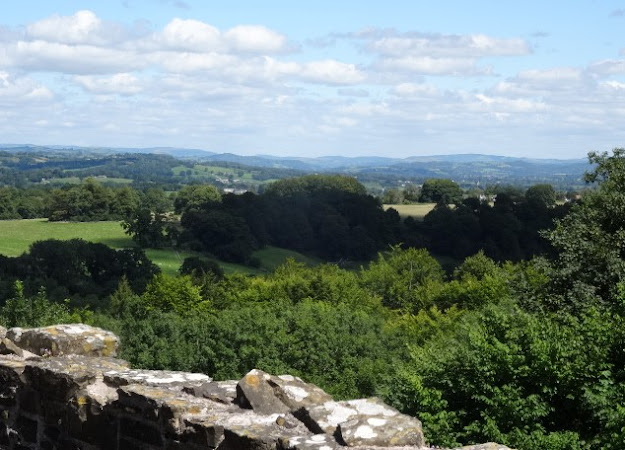A few months ago now I found a very good fan edit video of Roxy Music's 'Love is the Drug' on YouTube. With a bit of research, getting lost on the way, we found it was constructed from fragments of the Fellini film 'Toby Dammit', starring Terence Stamp. I mean I really did get lost in the process, inaccurately attributing the clips to Passolini's 'Theorema' also starring Terence Stamp, which we duly watched. I must review that sometime. It was very interesting. Anyway back to the film in question. 'Toby Dammit' forms the third and final segment of a portmanteau film of adaptations of short stories by the American Gothic writer Edgar Alan Poe under the title 'Spirits of the Dead'. The French title, 'Histoires Extrordinaires' is perhaps more fitting. The other two films are 'Metzengerstein' directed by the notorious Roger Vadim and 'William Wilson' directed by Louis Malle. All are very good, though we both felt that Fellini's offering was perhaps not the best, lacking as it did a little focus. It was nevertheless full of striking visual imagery (perhaps the reason it worked so well, edited down, as a pop-video) and the awards ceremony scene was satiric enough - self-congratulatory, shallow and dull. It was also the only one of the three that gave a contemporary setting to Poe's work. The title too was changed. The original short-story becoming, in effect, a stepping stone to an exploration of contemporary Italy popular culture, in particular the nascent cult of celebrity.
Visually 'William Wilson', starring Alain Dellon and Brigitte Bardot, was for me the most successful. A rather, sombre, restrained palette, in which the eponymous William Wilson, a young man without moral compass, is haunted by his own embodied conscience as though at some unspecified date the two were cleaved apart to live separate but occasionally intertwining lives.
This visual sobriety is in strong contrast to the element of decadence in the other two films - bear in mind that 'Histoires Extraordinaires' was the title Baudelaire gave for his collection of translations of Poe - a decadence heightened in 'Metzengerstein' by casting Peter Fonda opposite his sister Jane (then wife of director Roger Vadim) as the object of her frustrated desire. Tellingly filmed in Brittany among ruins and decay. All very Late Sixties. So perhaps decadence is what to varying degrees these films have in common, but to take an apophatic approach; all films are about an absence that has its locus in the main character; absence of moral compass and ultimately an absence of meta-narrative. And that is essentially about us and our society.
Spirits of the Dead
1968
Producer: Alberto Grimaldi, Raymon Eger
Director: Roger Vadim, Louis Malle, Frederico Fellini
Cinematograpgher: Claude Renoir, Tonio delli Colli, Giuseppe Rotunno













